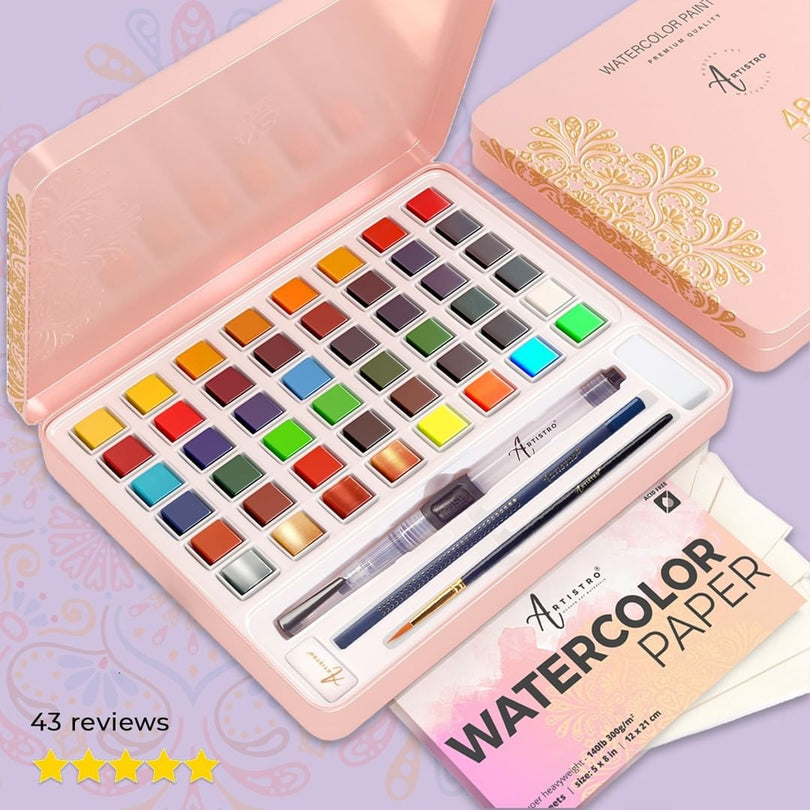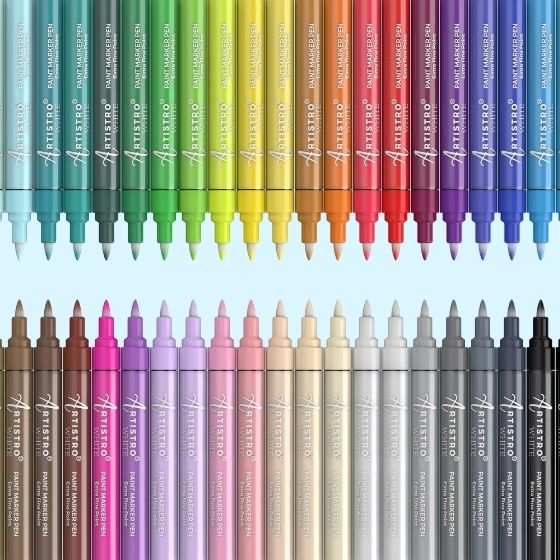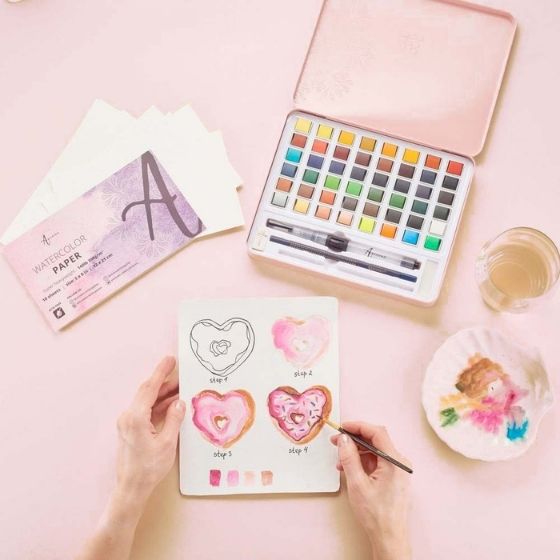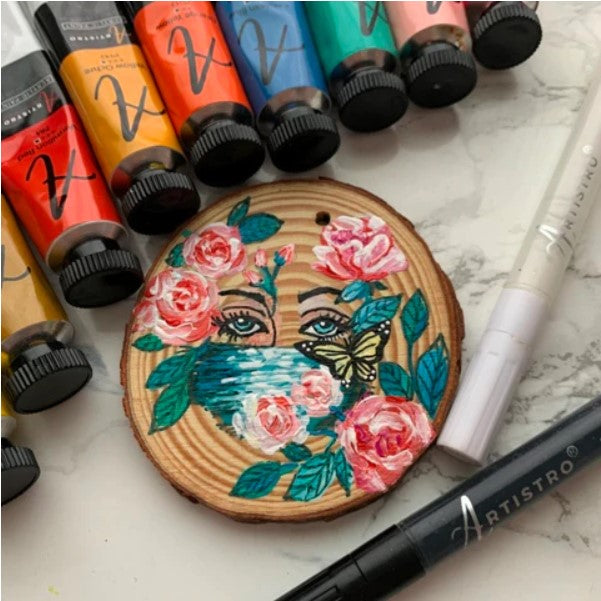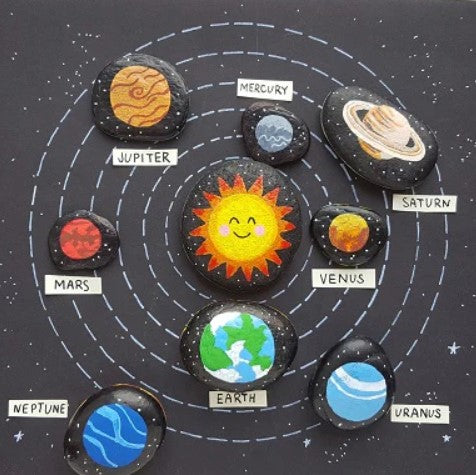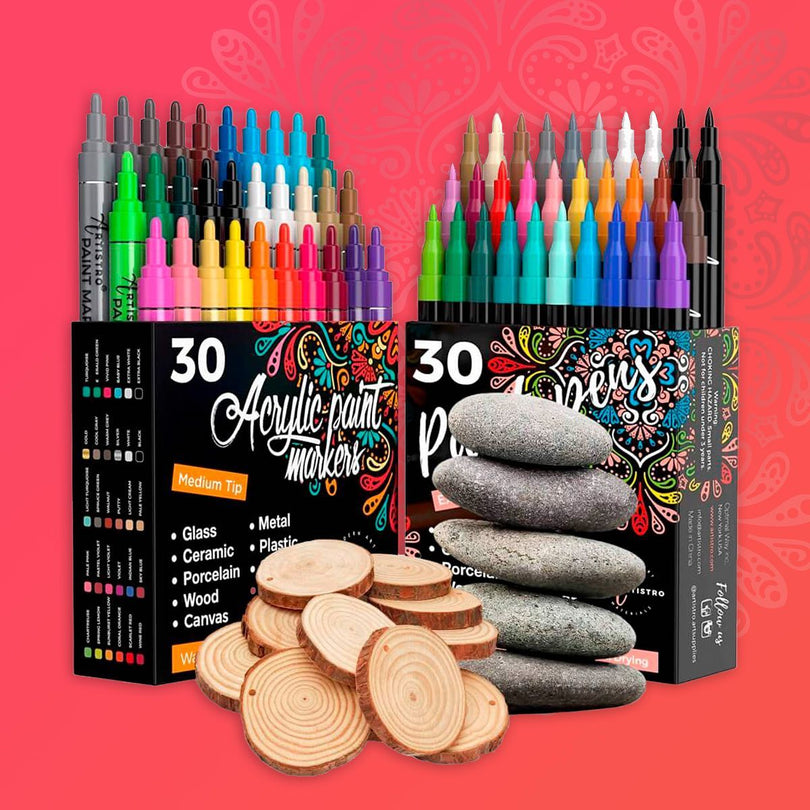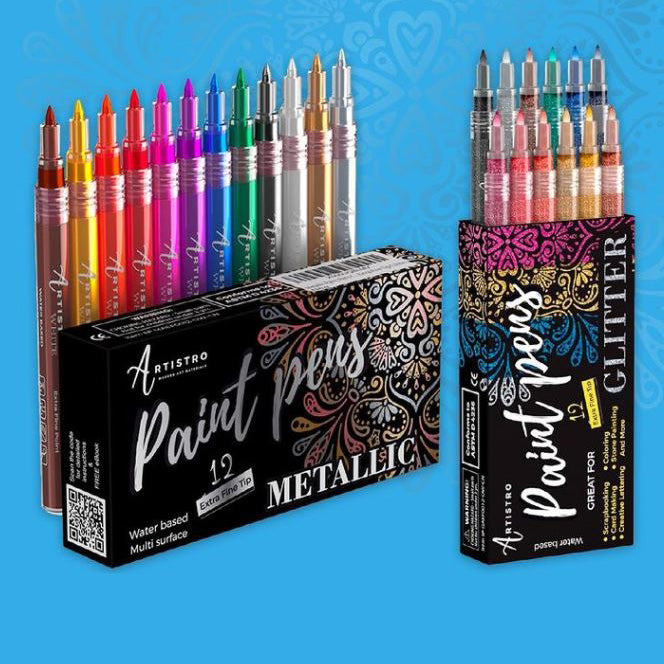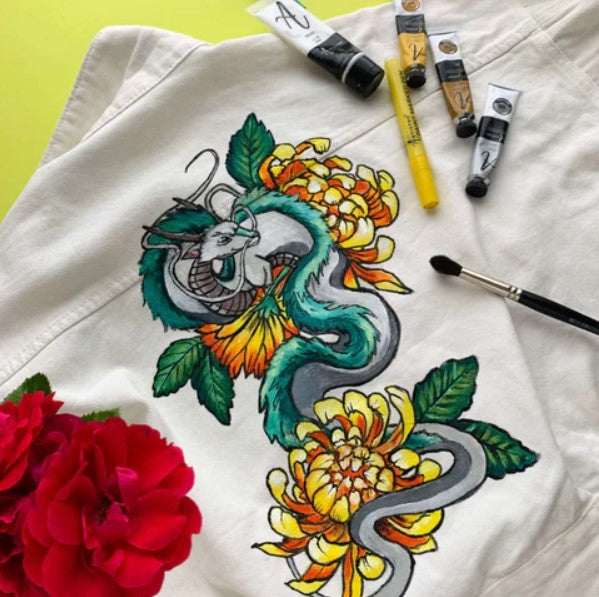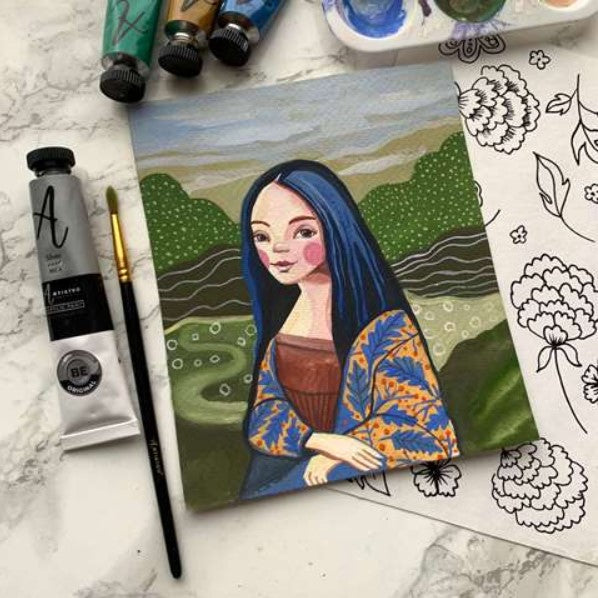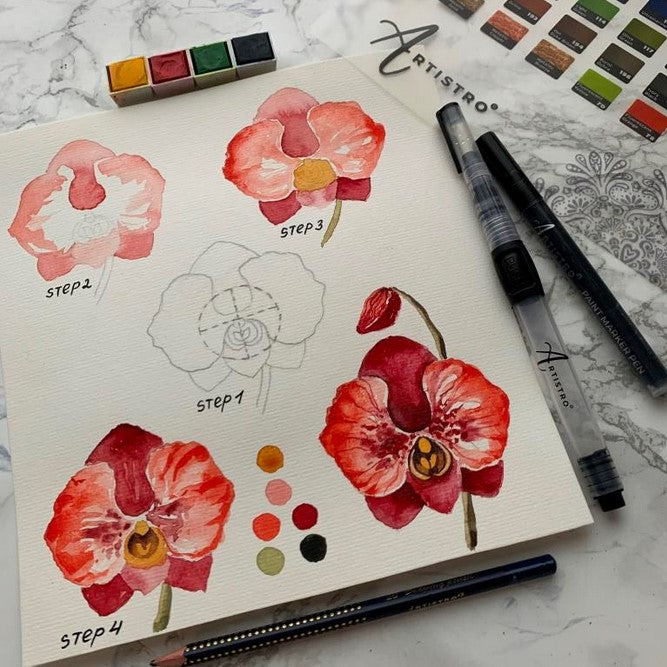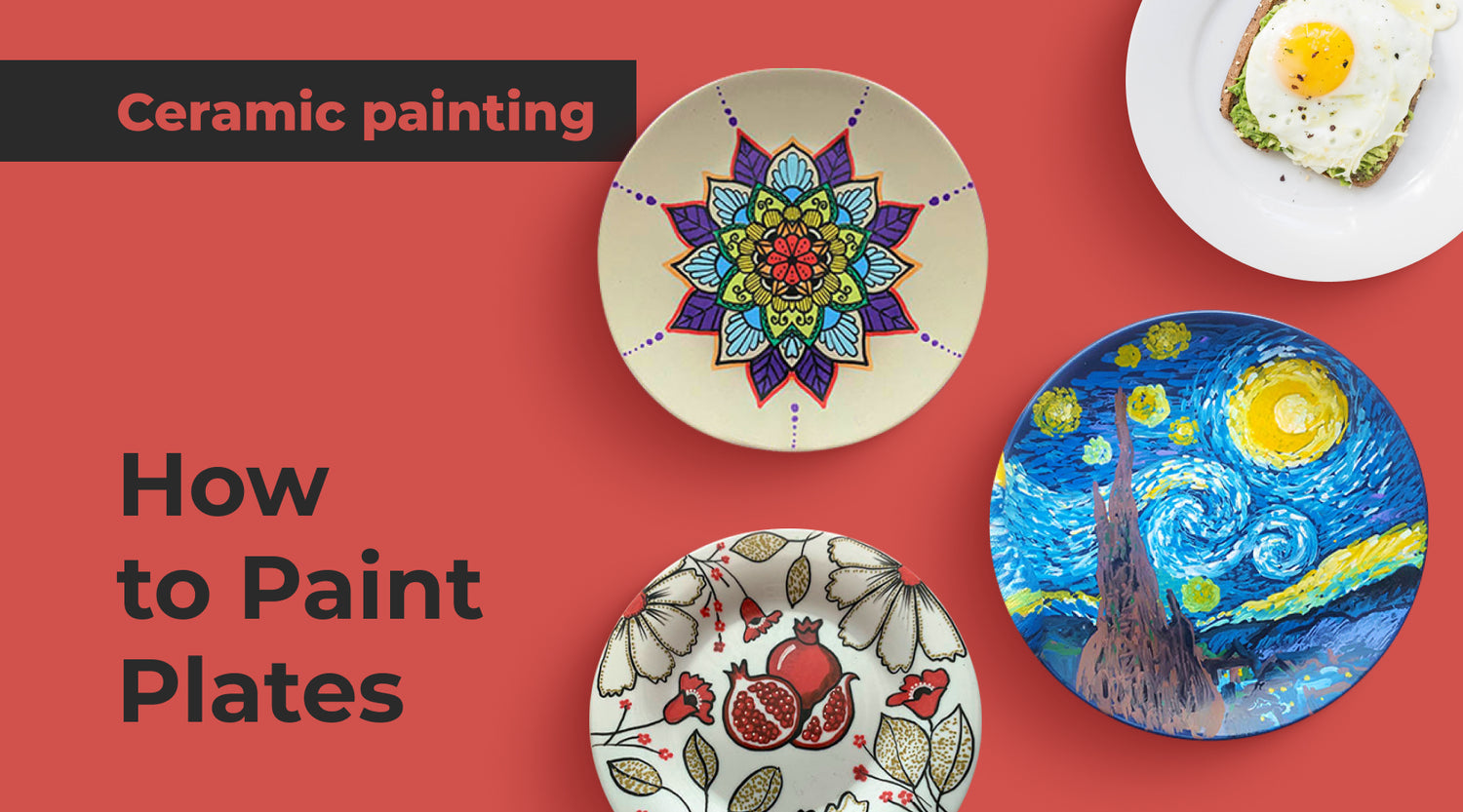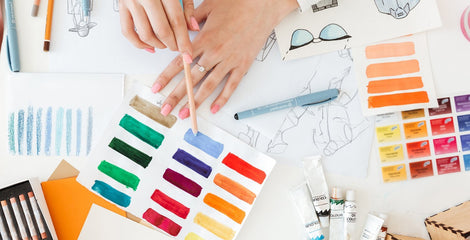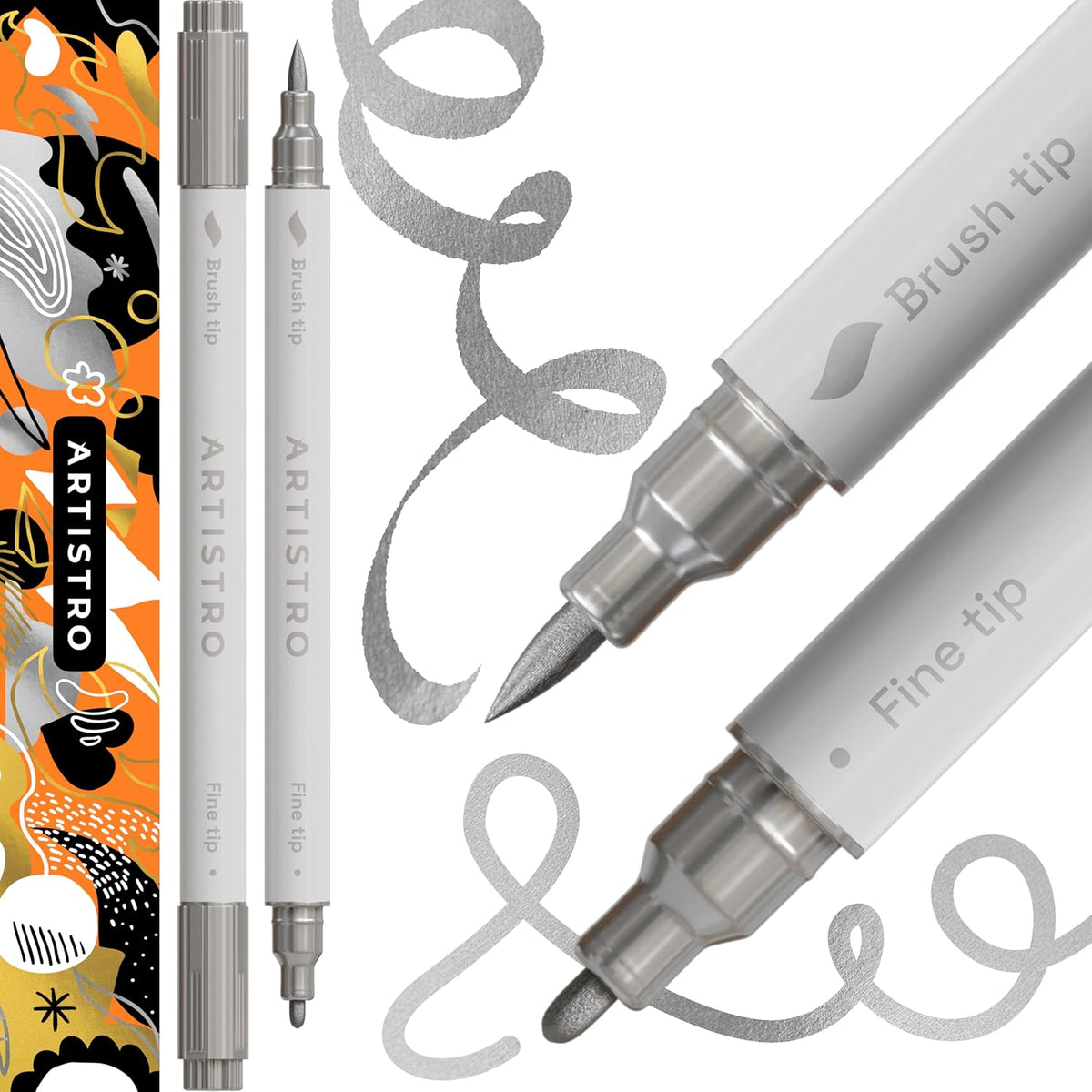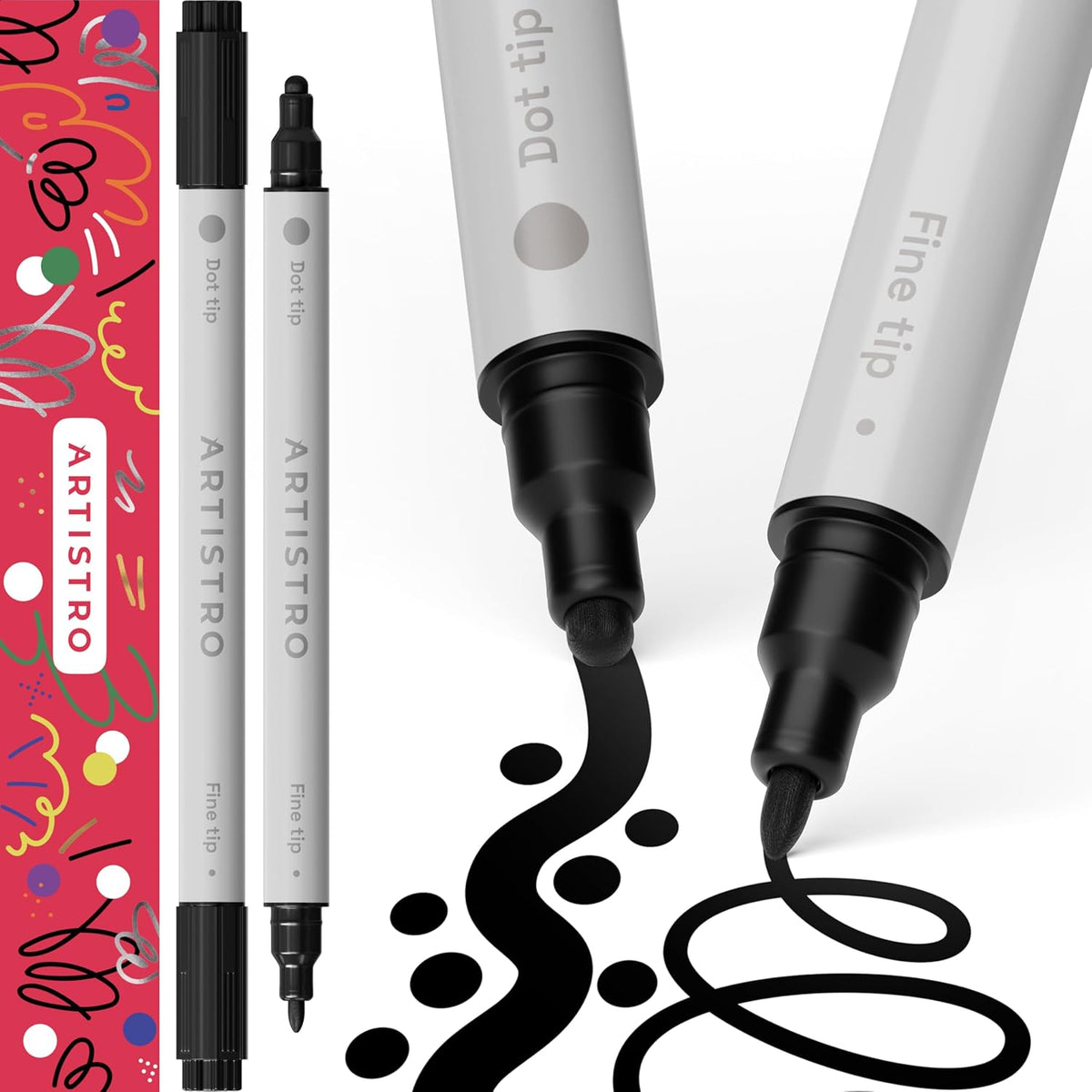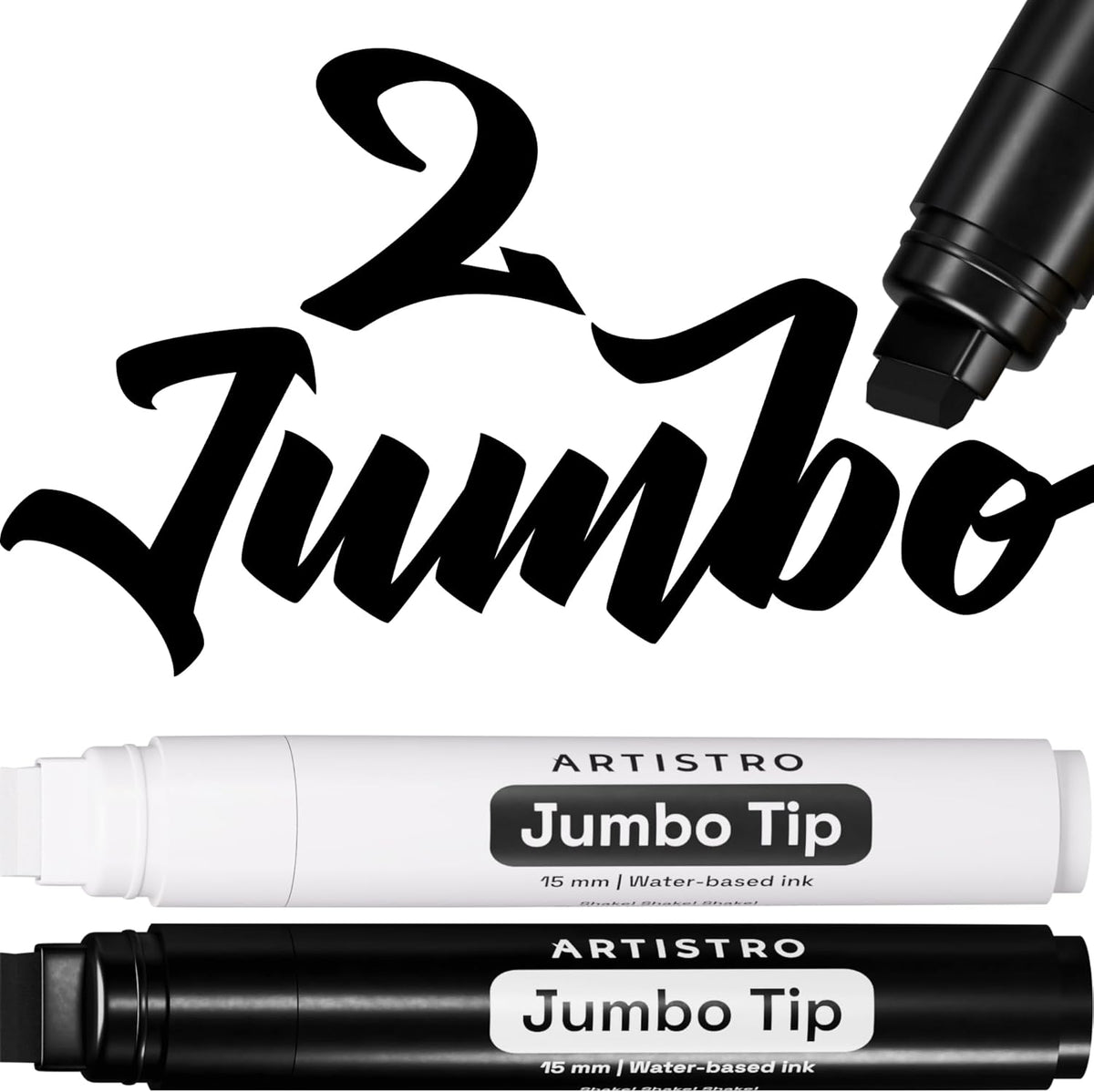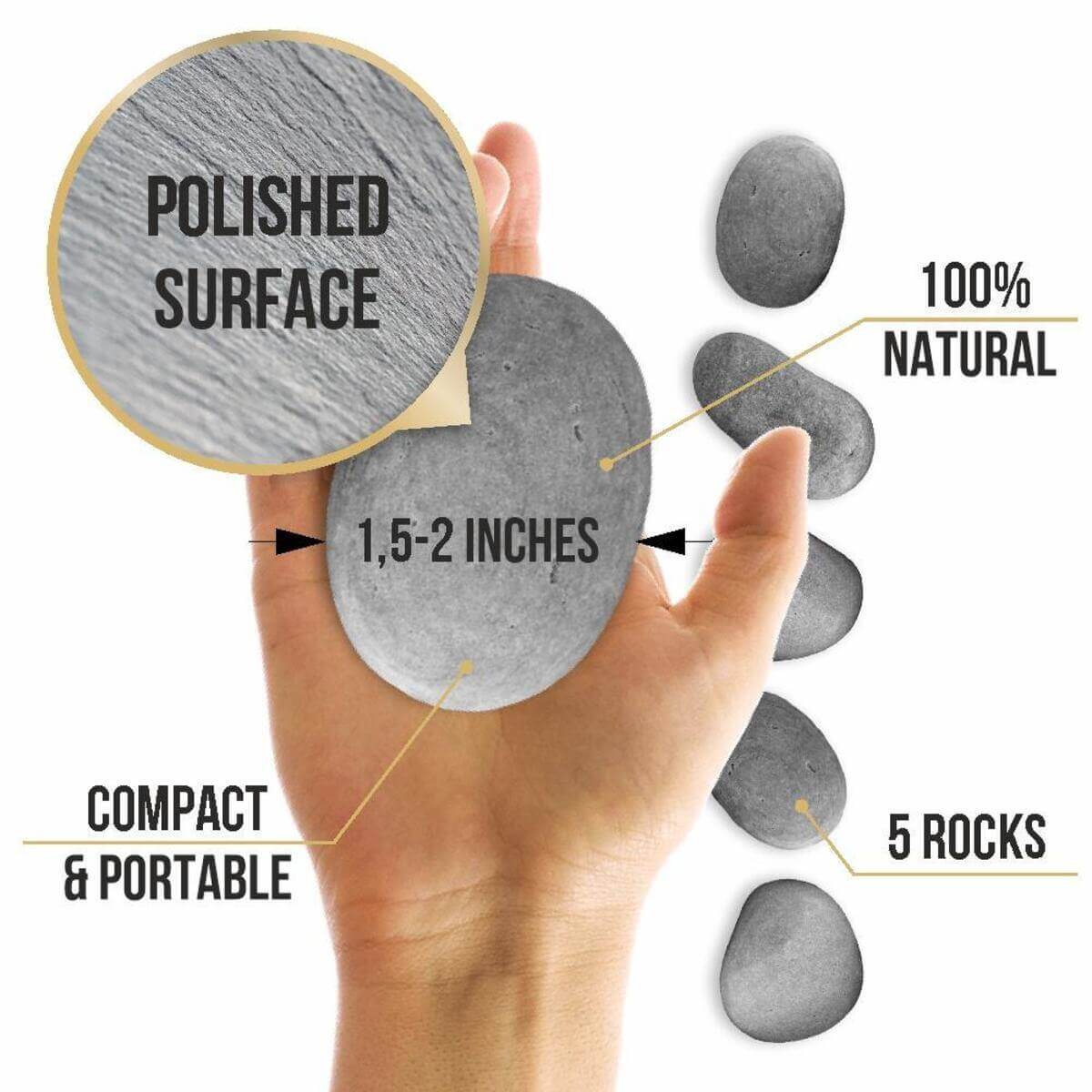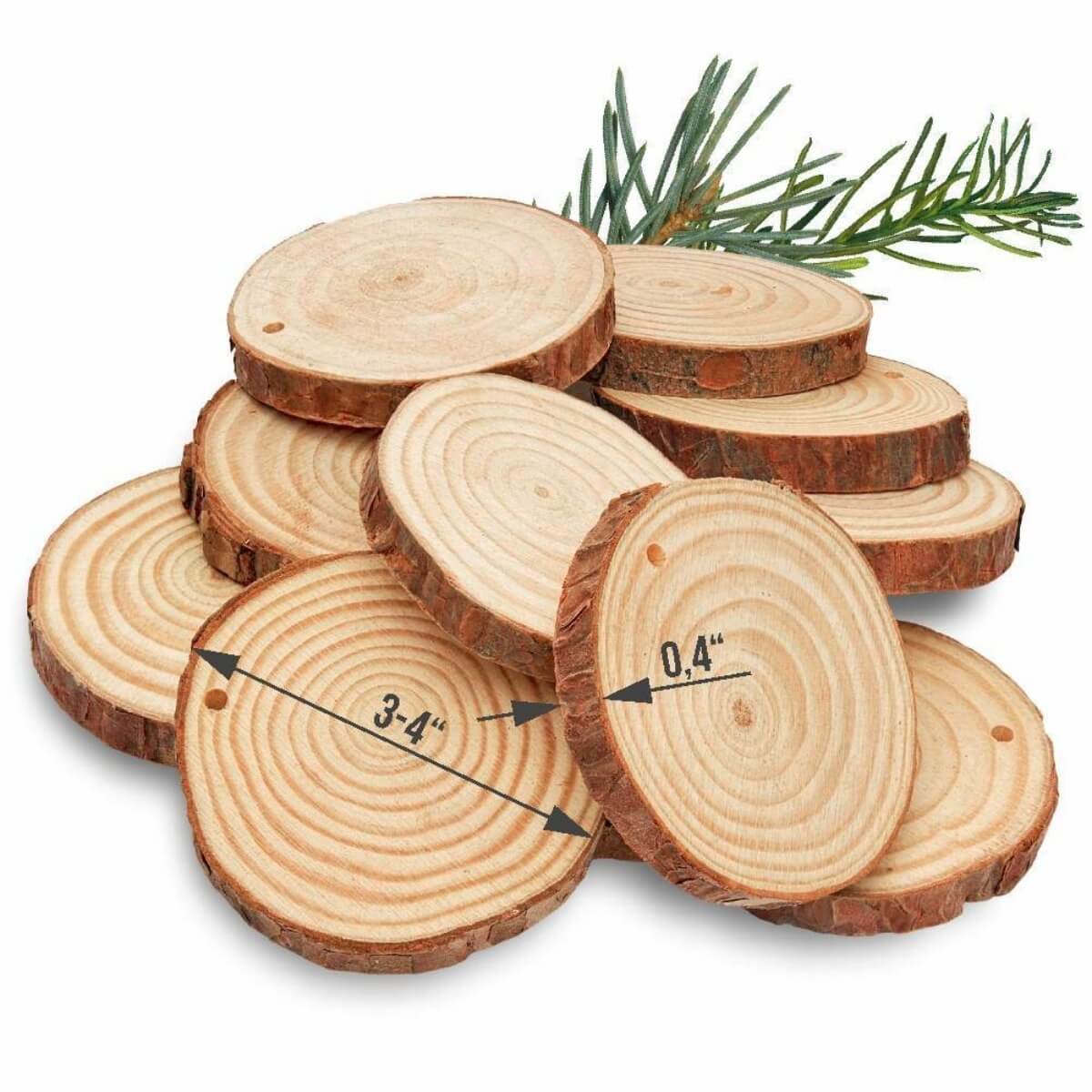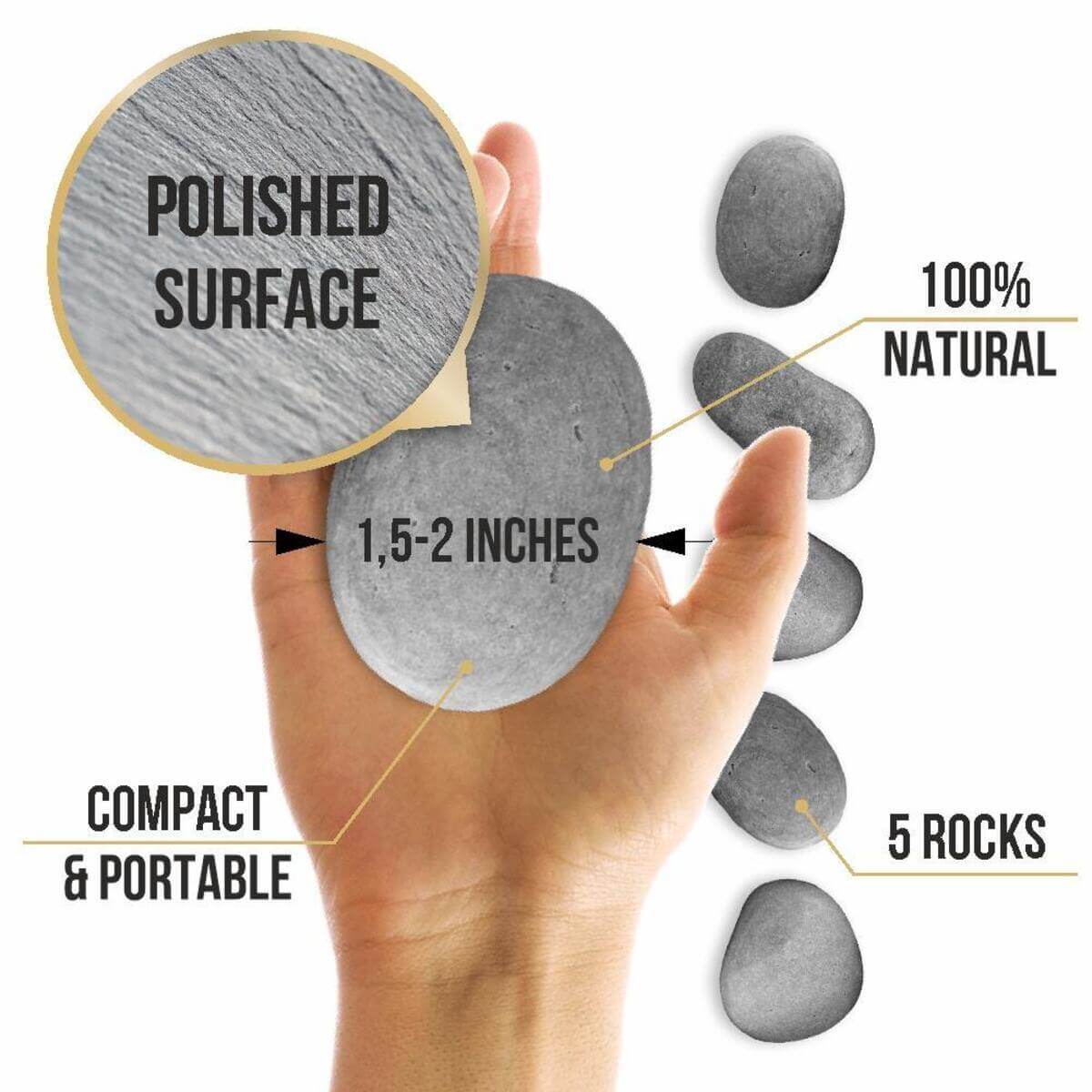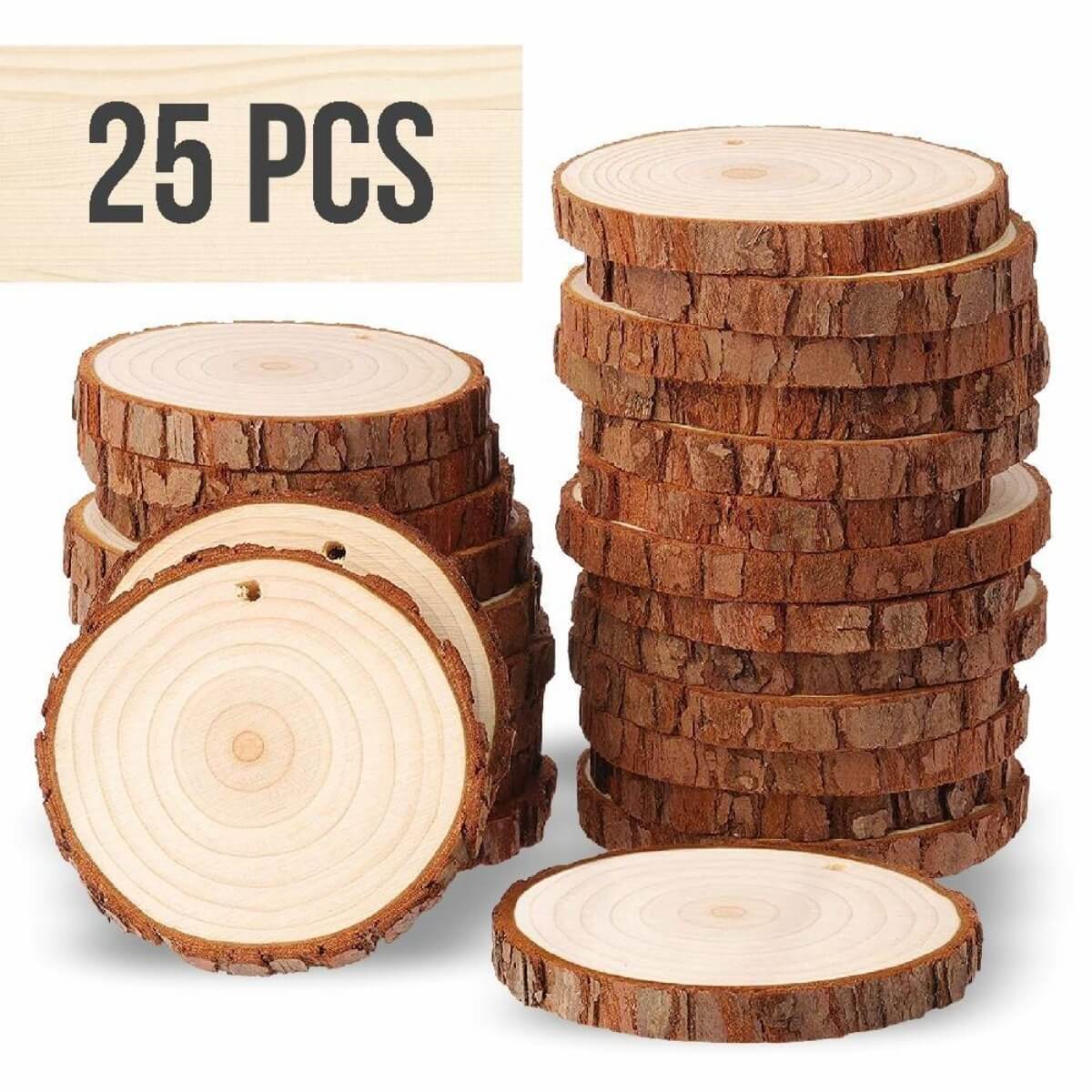Table of Contents:
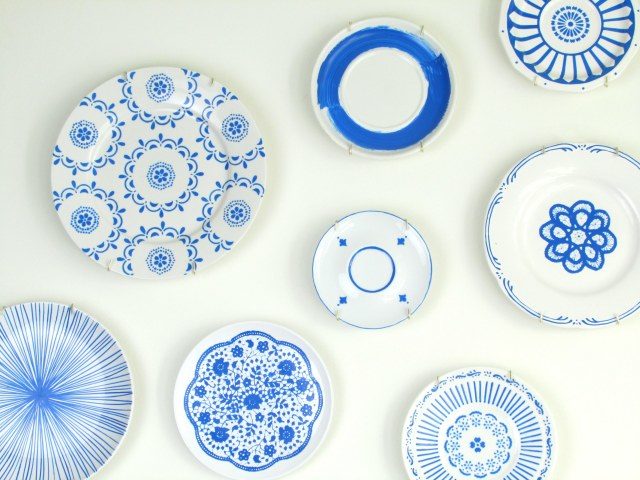
Painting plates with your own hands is creativity, which is available for both experienced and novice decorators. Check out these 100+ easy things to draw for inspiration.
After all, technology is very easy to master, doesn’t require the purchase of expensive materials, wasting time and effort, so you can’t be afraid of losing interest in the process. And, hand painting on glass and ceramics can become your permanent hobby, a method of relaxation or even a hand-made business on Internet sites like Fair of Masters or Etsy. And discover 100+ new rock painting ideas with Artistro!
In this article, we will consider the following methods and techniques of painting plates with your own hands, which are suitable for beginners:
- Point to point painting of plates;
- Painting plates on stencils and templates;
- Art painting by hand with brushes;
- Stained glass painting

MASTER-CLASS №1: CHISELED PAINTING ON PLATES
Point to point painting of plates – is a technique of drawing and creating contours with dots, thanks to which you can achieve the effect of embossing, inlaid with stones, colored rhinestones or bead-work. In the photo below you can take note of the successful combinations of colors and patterns (turn the photo to the right).
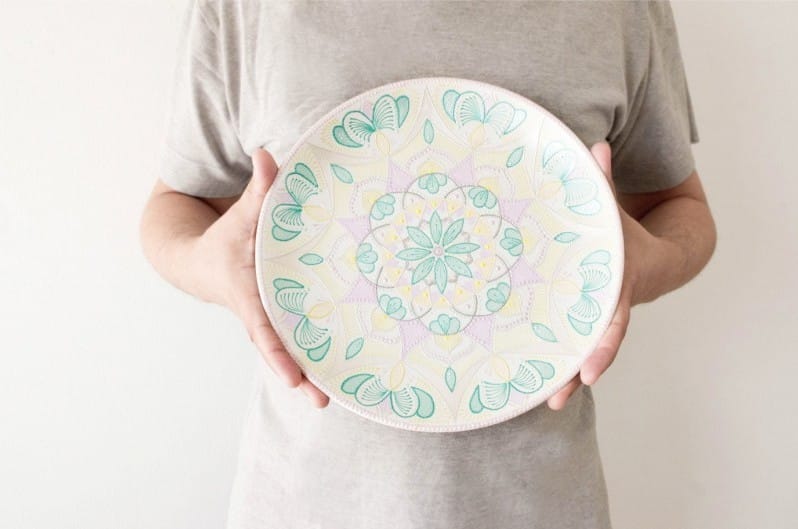
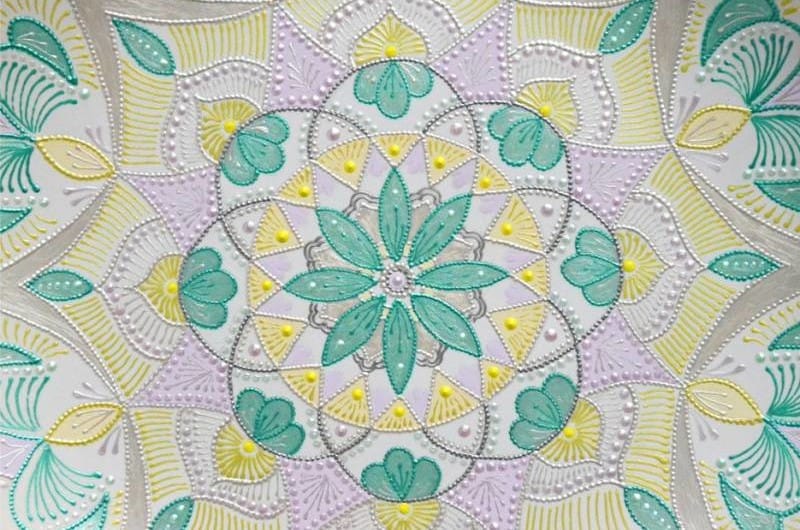
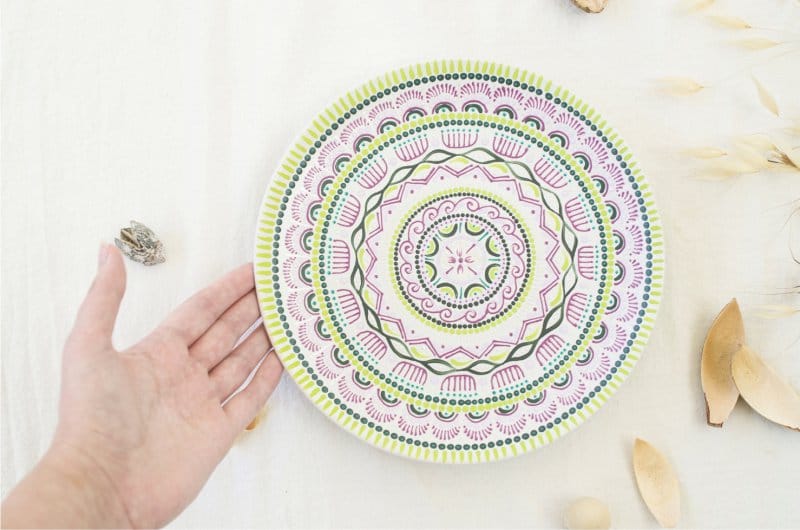
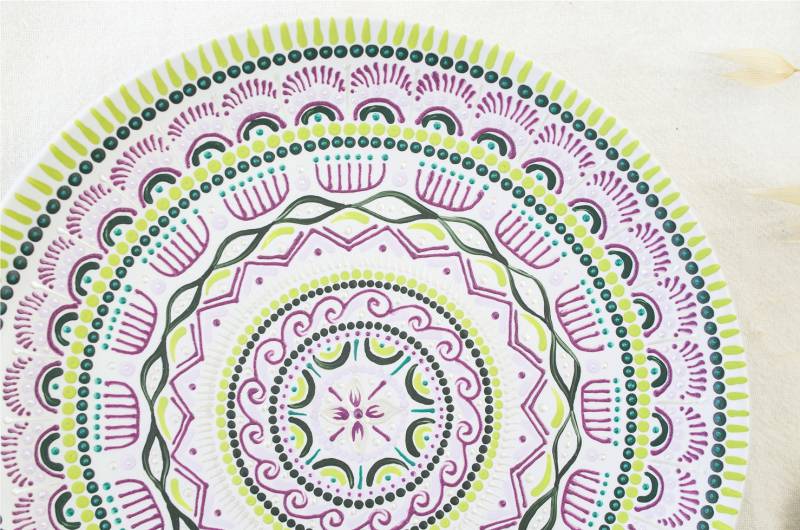
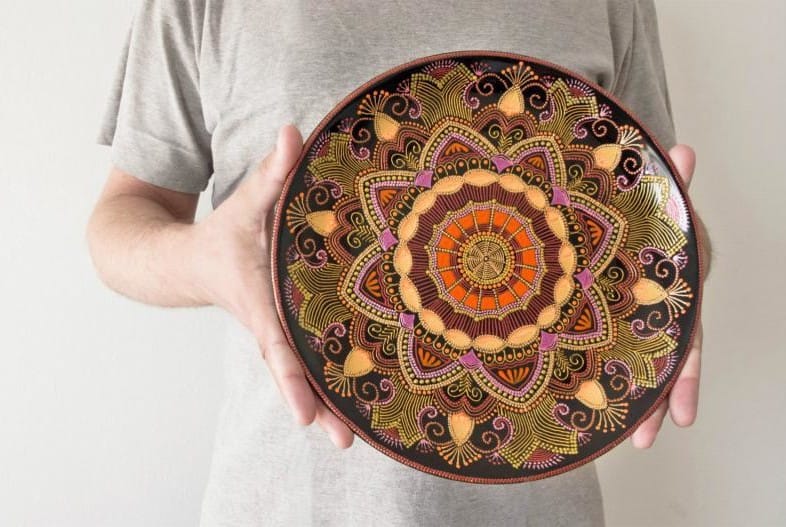
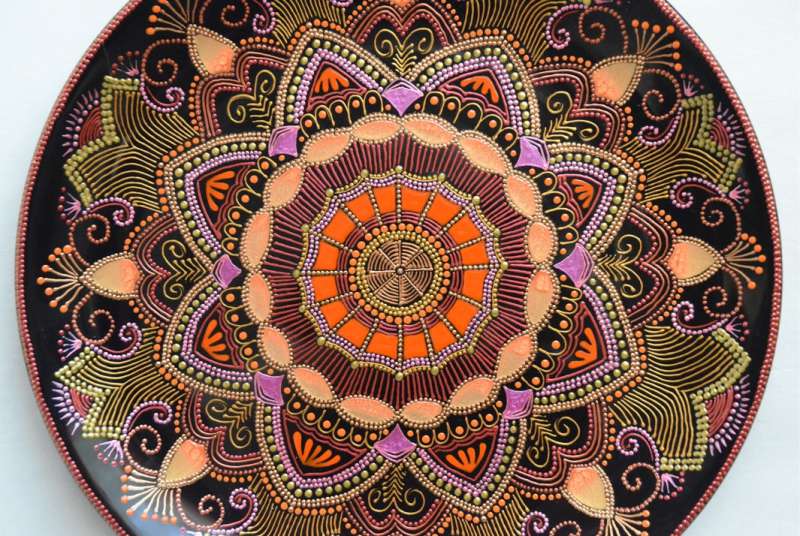
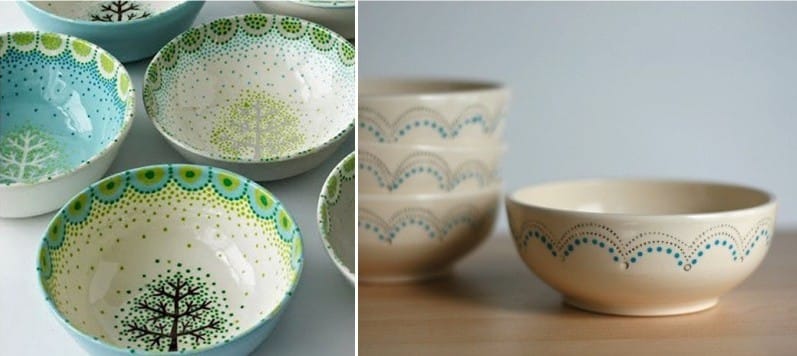
And here are the ideas of decor bowls in the technique of peak.
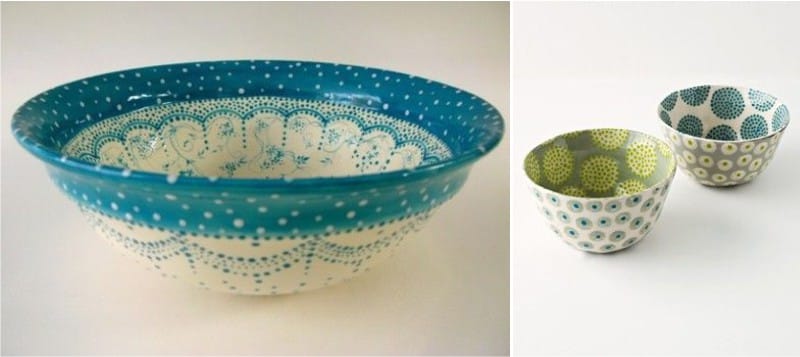
TO DO THIS YOU WILL NEED:
- Cotton cleansing wheels and cotton buds to correct the unsuccessful pattern;
- Ethyl alcohol, nail polish remover or special degreaser;
- Contoured acrylic colors of the right colors;
- Aerosol varnish for fixing and protecting the figure;
- Needle and paper for cleaning tubes.
- If you want to use plates for their intended purpose, then choose baked acrylic paints with the signature “dishwasher ability” or “dishwasher resistant”. Strong contour paints can be found in Hobby Line Kreul, Decola, Marabu and Pebeo Vitrail brands.
- The paints shouldn’t be too thick or too liquid. You can check this in the following way: press on the tube – if the paint comes out easily, but a puddle, then the consistency is too liquid, if squeezed hard – it is too thick. Before starting the work, every tube should be tested, since different colors of the same type of paint can be of different consistency.
- You can draw points with a small thin brush, needle or toothpick, using acrylic paints for ceramics in ordinary jars, if drawing from tubes seems difficult.
-
Be sure to check out our painting on stones step by step guide later ;)
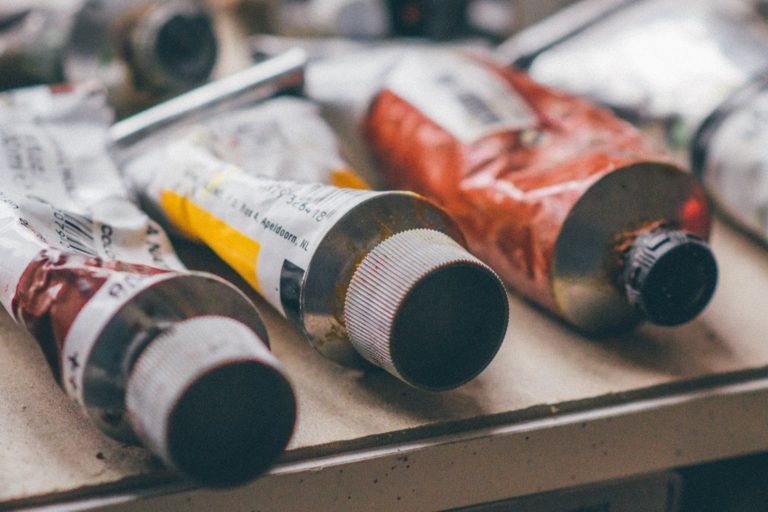
DRAWING TECHNIQUE
The first thing to do is to degrease the surface with alcohol or degreaser with a cotton pad and only then proceed to the creation. Experienced masters can draw directly on a plate, without using any sketches and markings, coming up with patterns right in the process of work. You too can trust the free flight of thoughts and improvise. But if you want to implement a certain artistic idea, it is better to first draw a sketch, a template, a stencil or a markup, having thought out the color range and ornaments.
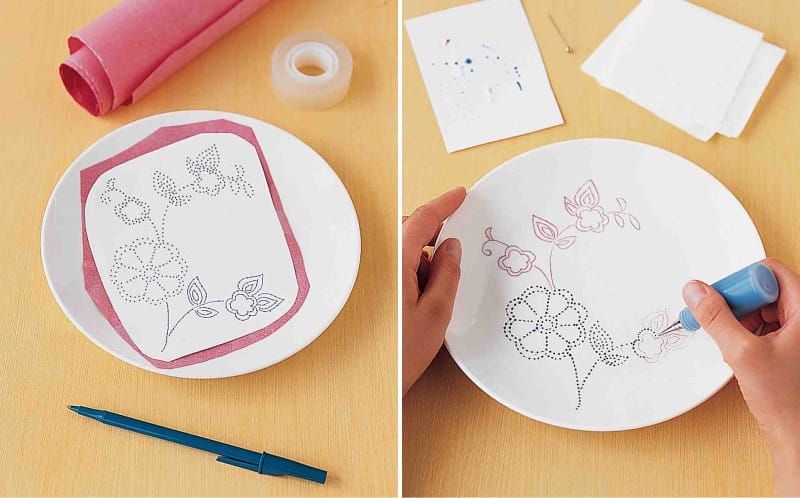
For painting on glass it is convenient to apply templates that can be glued on the back of the plate.

Tip for beginners: before painting a plate, practice on paper to put small, medium and large points on the same distance from each other with the same pressure and push on the tube.

- Main rules: in the same line there should be points of the same size, and the same distance should be kept between the points, and it is very important that it (the distance) is minimal, that is, that the points are “browse”, but not merged into a continuous contour;
- Remember that the larger the points are, the greater the distance between them. Conversely, the smaller the points are, the less should be the spacing from each other;
- Draw on the principle of general to specific, that is, starting with large contours and finishing with the drawing of small details.
After work, the paint should freeze. You can dry them in three ways:
- Natural way for 1 day – if you want to use a plate rarely or even use it only as a piece of decor.
- Dry with a hairdryer, then leave the paint stiffened naturally for 10-12 hours.
- Bake at a temperature of 150-170 degrees for half an hour, and then, without taking it out of the oven, let the dishes cool down – in case you want to eat from the painted plates. It is advisable after firing not to wash the painted dishes for 20 days – so the paint will last longer.
After the paint on the decorative plate dries, you can fix it with a varnish.
MASTER-CLASS №2: PAINTING ON PLATES WITH STENCILS AND TEMPLATES
Another method that can be mastered by anyone – it is painted plates on stencils and templates.
 TO DO THIS YOU WILL NEED:
TO DO THIS YOU WILL NEED:
- Acrylic paints on glass and ceramics or markers for painting utensils, which come in different colors and thickness of the rod. In Russia, most often you can find markers from Marabu;
- Artistic synthetic brushes of suitable sizes (if necessary) or a sponge for tamping;
- Liquor for removing varnish, alcohol or degreaser and wadding disks for degreasing;
- Everything you need to draw and cut out a stencil or a template: paper, cutter, pencil.
DRAWING TECHNIQUE
First you need to draw yourself or print a ready-made stencil / template, and then cut out the holes with a knife. Perhaps, in this technique, only this stage can be called labor-intensive. Further everything is much simpler: degrease the surface and glue the template on the bottom with scotch tape.
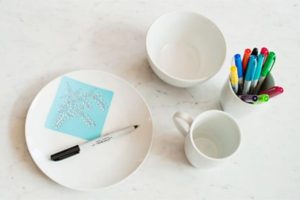
Then paint pattern on the stencil. Then on your picture you can place accents, draw details or outlines.
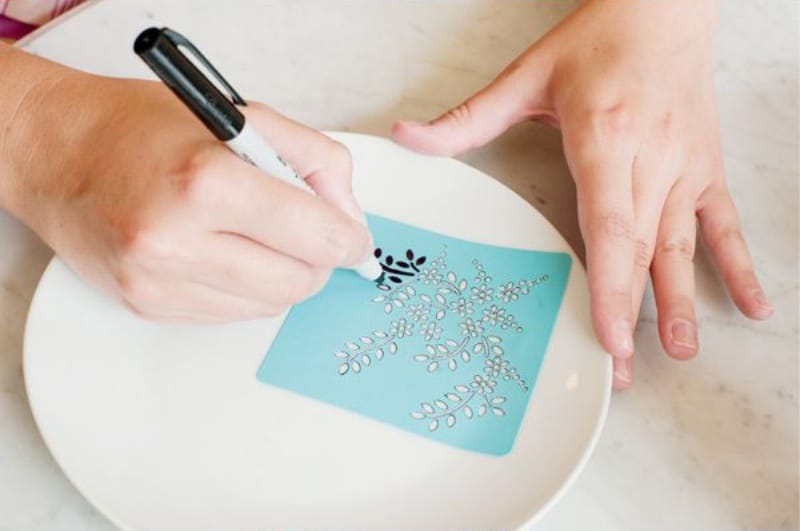
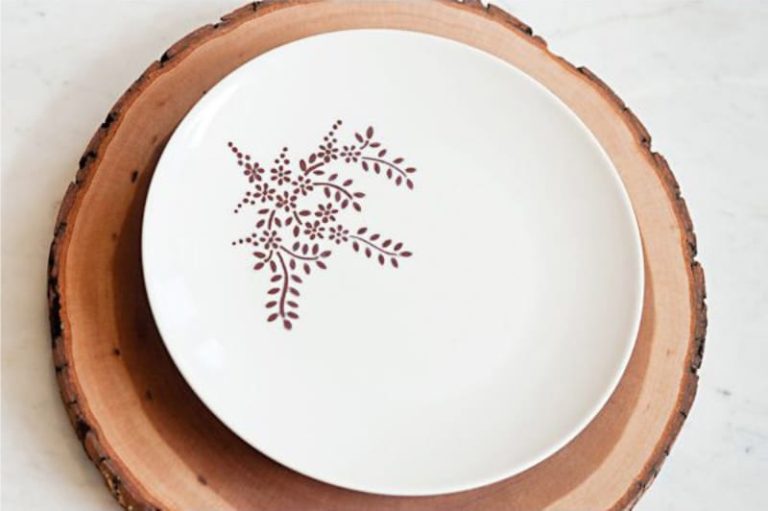
If you painted with acrylic paints, then you can dry them naturally, with a hair dryer or in the oven, according to the recommendations of the first master class on the dotted plates.
MASTER-CLASS №3: ART PAINTING plates with acrylic paint
Painting plates in the traditional way, that is, with brushes and paints – is the best way to write a real masterpiece.
TO DO THIS YOU WILL NEED:- Artistic synthetic brushes of different shapes and sizes;
- Acrylic paints for glass and ceramics or baked stained-glass paints on a water basis;
- Tip: stained-glass paints are more transparent and, at the same time, bright, but with them it is slightly more difficult to work because of the liquid consistency and the properties spread over the surface, so they are often used in combination with contouring contour paints. In addition, keep in mind that solvent-based stained-glass paints are not suitable for painting plates that will be used for their intended purpose.
- Any degreaser.
First you need to write the underpainting, that is, draw large parts of the composition, which will be its basis. Next, add volume and depth to the drawing, using dark and light colors. And then look into the details. At the end of the work, use the recommendations for fixing the paint from the first master class.
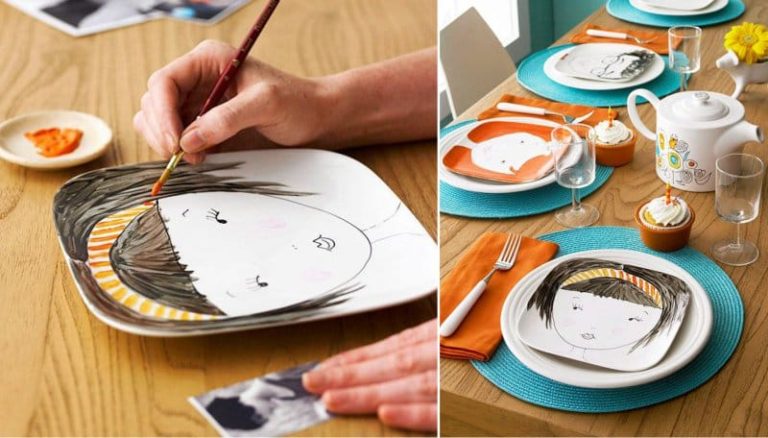
TIPS:
- Mix colors and play with semitones to get unusual colors and effects.
- Painting a ceramic plate with a matt glaze will be easier than painting on glossy ceramics or glass, as the paint will lie denser and more even.
Here are simple but interesting ideas for painting plates with brushes and acrylic paints for own hands for novice artists (turn the photo to the right).



Those who have the skill and experience of drawing suggest to be inspired by the next selection of photos of painted plates.
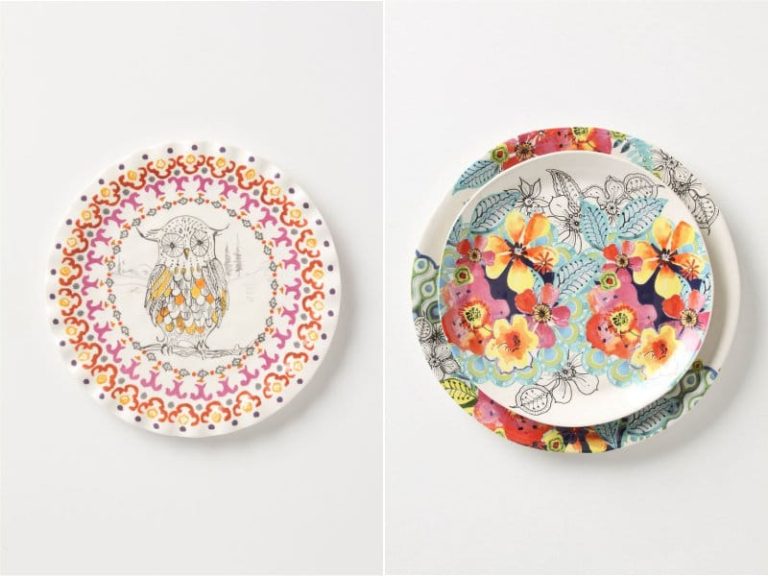
And here is a great idea for painting dishes and plates from old tea sets.

MASTER-CLASS №4: Painting on plates with markers
Drawing markers and felt-tip pens is familiar to all of us from childhood. With the help of special markers for painting the dishes yourself, you can quickly and simply decorate the ceramic plate with inscriptions, as well as depict a graphic and very detailed picture. Examples of this decor look in the next selection of photos.
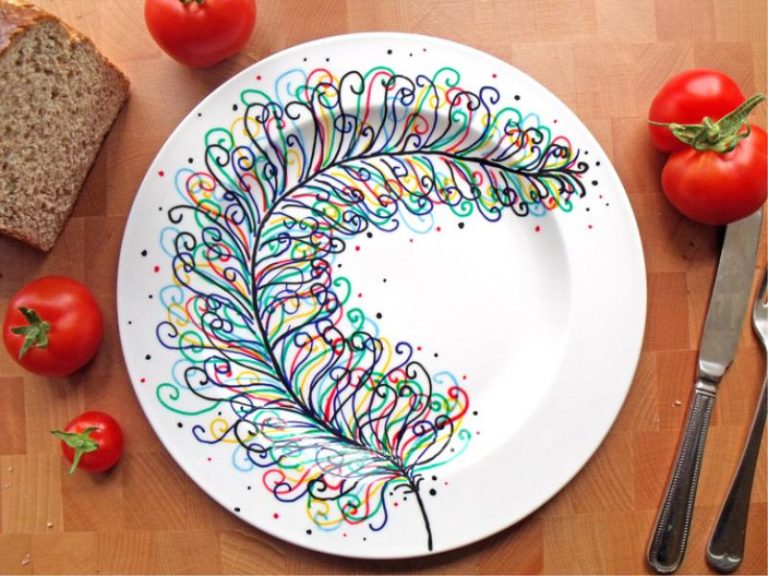
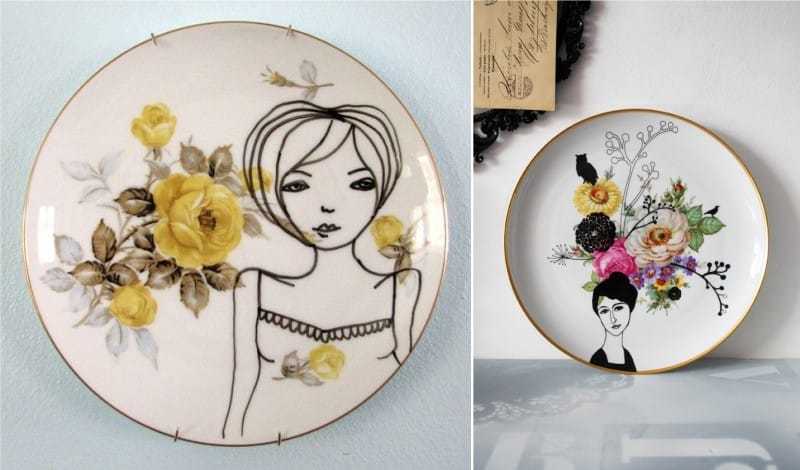
 TO DO THIS YOU WILL NEED:
TO DO THIS YOU WILL NEED:
- Any degreaser and cotton wool;
- Felt pens of different colors and thickness of the rod.
DRAWING TECHNIQUE
- Before you start drawing on the dishes, don’t forget to degrease the surface.
- The main rule – try to draw lines and outlines of the picture in small, frequent strokes – so you are less likely to make a mistake.
- Also try to keep the drawing from the general to the particular.
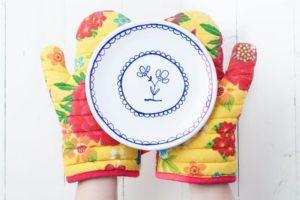
- Pre-mark the outline of the picture, use a template or stencil if necessary.
- Most markers dry up in 24 hours, don’t require burning and don’t get washed off in a dishwasher.
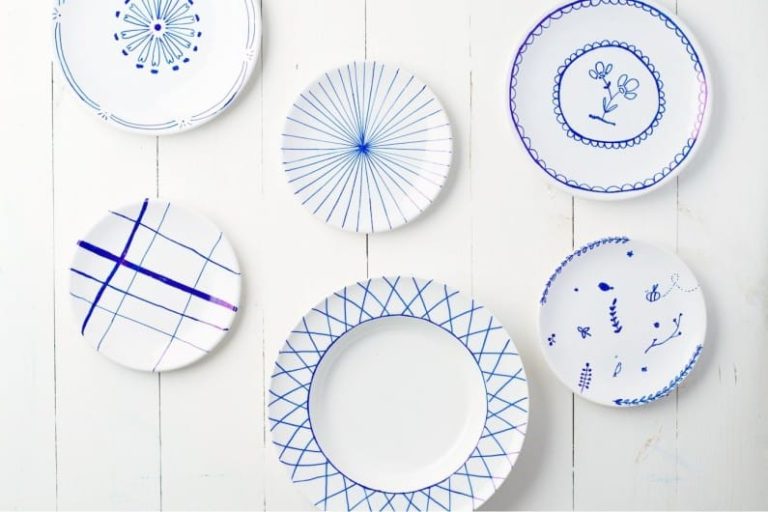
STAINED GLASS PAINTING
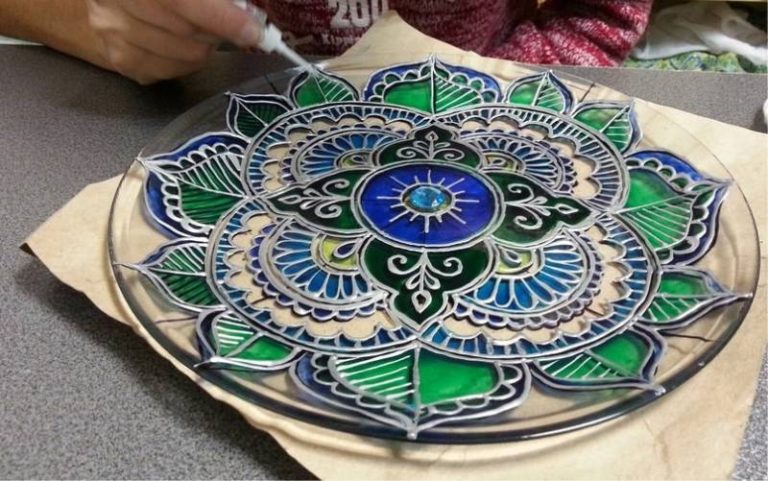
And finally, it is the turn of the stained glass plates. This is a slightly more complicated technique of drawing on dishes because of the paint itself – as already noted, the stained-glass paints are liquid, and therefore they often fill out the contours. And they are more transparent, glossy and less resistant than acrylic. If you want to use “stained-glass” plates, then choose exclusively water-based paints, and at the end of work bake dishes in the oven at a temperature of 170 degrees. If you want to hang a painted dish on the wall, then the colors can be chosen not to be baked on the basis of a solvent and, in this case, don’t forget to purchase a varnish to fix the pattern.
Article from kitchendecorium site.


